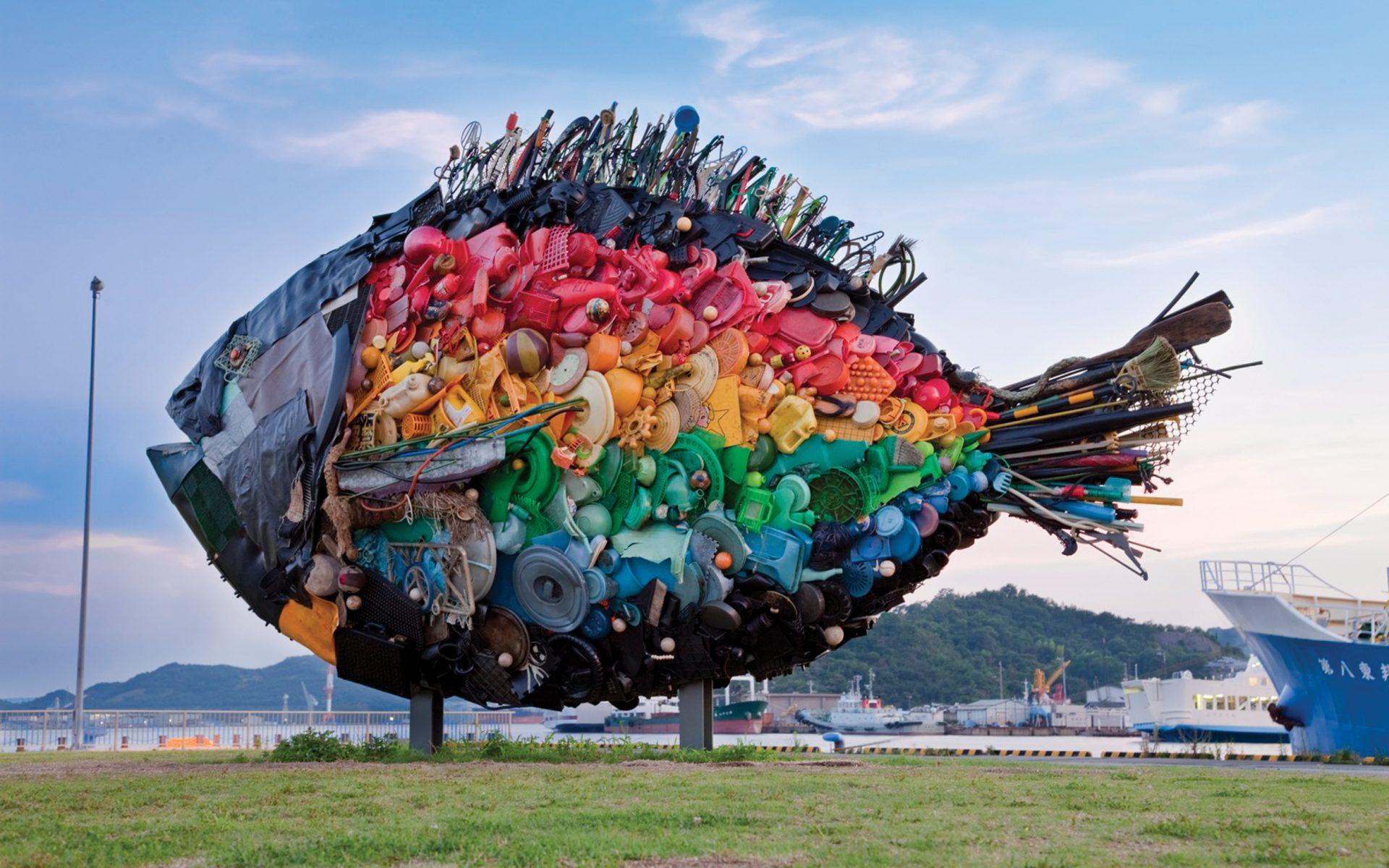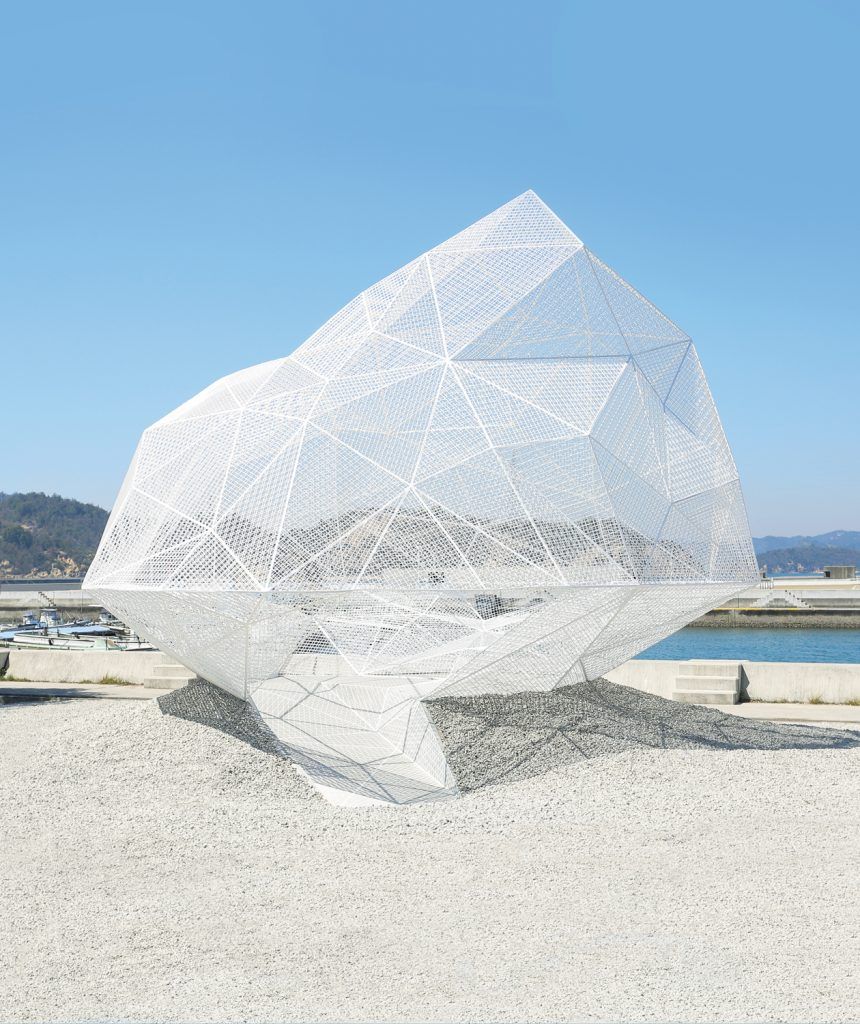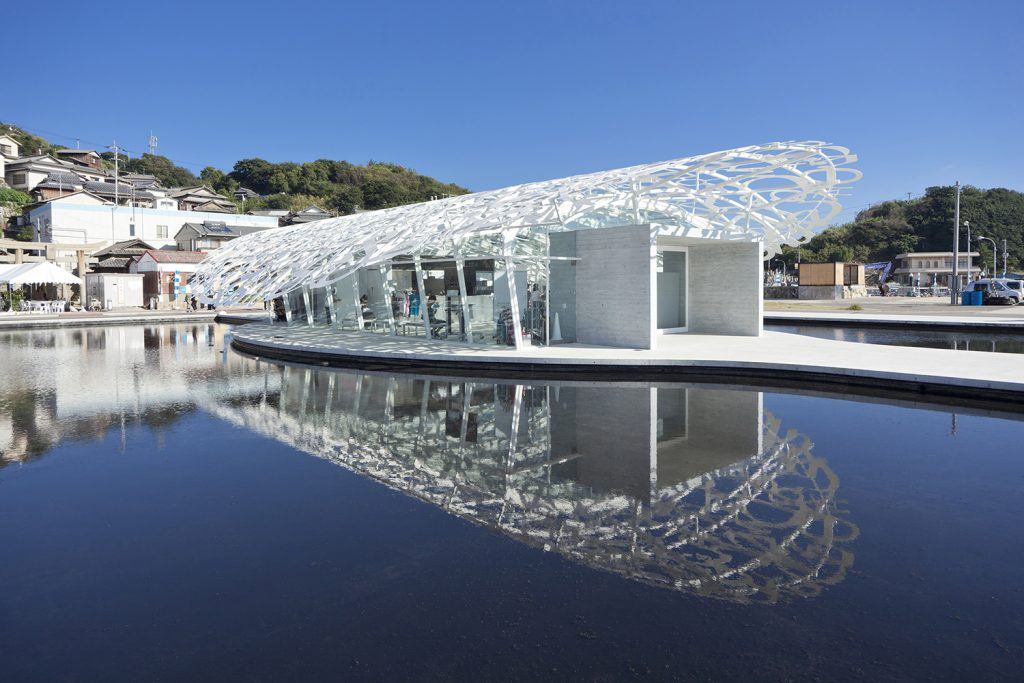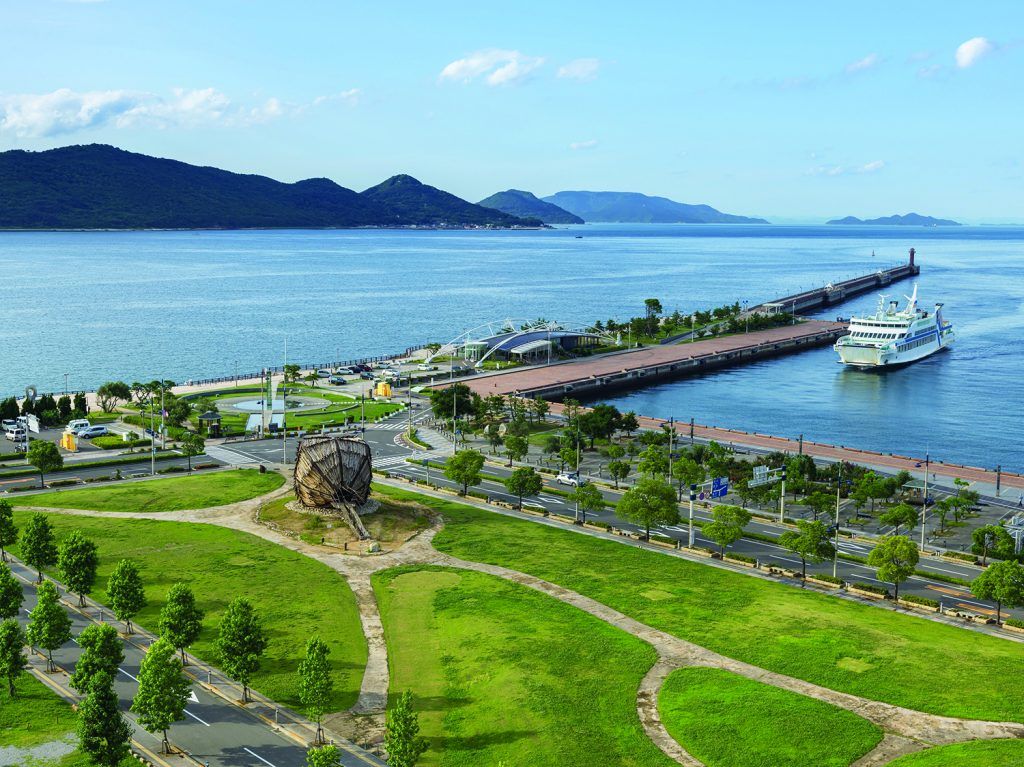

What to See at the Setouchi Triennale’s Spring Edition
The event, which runs from April 26 to May 26, will this year include the remote Japanese islands of Teshima and Honjima

Contemporary art, striking architecture, and natural beauty combine to stunning effect on the magical islands of Setouchi, an ancient region that includes Japan’s Seto Inland Sea and its surrounding coastal areas. The archipelago’s origins as an unlikely art oasis date to the late 1980s, when the Japanese billionaire Soichiro Fukutake transformed a neglected island, Naoshima, into the Benesse Naoshima Art Site, which now includes Teshima and Inujima islands. These days, droves of art and design lovers make the pilgrimage to see sites like Yayoi Kusama’s ocean-facing pumpkin and the Tadao Ando–designed Chichu Art Museum, which houses James Turrell’s magnificent Open Sky installation.
Less known, however, is the Setouchi Triennale, a sprawling, multisite exhibition held every three years across 12 neighboring islands. Launched in 2010 and presented in seasonal installments—spring (taking place this year from April 26 to May 26), summer, and fall—the event offers visitors a chance to explore the more remote islands such as Teshima and Honjima.

With the homogenization of the global biennial, Setouchi sets itself apart with a commitment to revitalize the region’s unique history and culture. This year’s theme, “Restoration of the Sea,” addresses local issues like the acceleration of globalization and the aging and declining population of the islands. (Inujima, one of the smallest participating islands, has seen its population shrink to just 50 over the past half-century.)
Recommended: 9 Great Things to See and Do During the Dallas Art Fair

Major international artists will create ambitious site-specific projects (which extend to theater, dance, and performance) that take place in abandoned buildings and traditional homes, and often involve the whole community. Even local cuisine gets the artistic treatment, with creatives invited to put a contemporary spin on traditional dishes. As director Fram Kitagawa says, “It’s something you cannot experience inside of a museum.”

A version of this article first appeared in print in our 2019 Spring issue in the section The Artful Life. Subscribe to the magazine.






